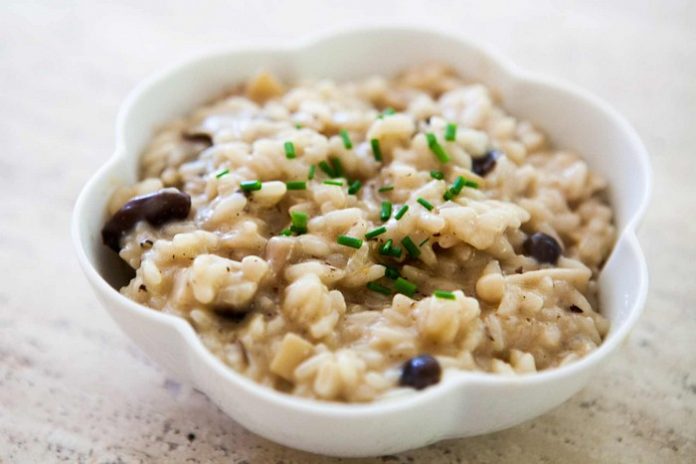Risotto has a reputation for being one of the harder-to-master Italian dishes. Overcook the rice, you quickly ruin it. Overstir, and you lose the creamy, rich texture risotto is renowned for. Cooking risotto is not as simple as it looks; there is a real skill to it. You need to choose the right produce, time it well and take care at each step. You do not want to serve risotto too soft or too al dente. Here are seven common risotto mistakes to avoid.
Buying the wrong rice: The most important thing when preparing risotto is choosing the right rice, since long or sushi grains will not work. Many recipes call for arborio, but longer-grained carnaroli is key to that sought-after creaminess (plus it is harder to overcook).
Rinsing rice with water: Just like sushi, risotto needs to retain its sticky consistency. Washing the rice strips off the starch that is the key element to maintaining that classic creamy texture.
Choosing butter vs. oil: Once you pour your risotto into a heated pan with garlic or shallots, the trick to the next stage is deciding when to use butter or oil. It all depends on the ingredients. Oil over butter (and oil works particularly well with seafood risottos), but butter is better for vegetable-based dishes.
Toasting the rice too long: After you have settled on butter or oil, toast the rice in the pan for only a minute and not more.
Overstirring: Do not stress about constantly stirring risotto. It is much better to stir once every 30 seconds and trust the cooking process to do its thing. Overstirring is one way to quickly ruin a risotto’s texture. With the right cooking temperature (a medium bubble), the rice will continue to move on its own, so you only need to stir to ensure the rice does not stick to the bottom of the pot.
Spending more than 20 minutes at the stove: One of the surest ways to ruin risotto is overcooking. Slowly slip in stock or water while the risotto cooks at a medium simmer, pausing until each portion of the liquid has been absorbed before adding more. When you are about halfway through this process (which should take around 16 minutes in total), add salt into the simmering pot. Keep in mind a ratio of one cup of rice to 2.5 cups of stock, adding in a touch more stock to achieve that creamy, silky consistency if you wind up cooking your rice a bit too long. Risotto should not take more than 20 minutes to cook to reach that ideal al dente texture that is just firm enough in the center without giving it a Playdough-like moldable quality.
Adding final ingredients over heat: Once most of the stock is absorbed, take the pot off the stove to cool for a few minutes. Italian chefs get specific about how many minutes you should allow the rice to sit before you are ready to start the mantecatura stage, when you start adding in the final ingredients that give risotto its creaminess. Now is the part when you can get creative with your cooking by throwing in those rich elements that make risotto feel like a luxury without ever being too heavy. Think butter and grated parmesan, but never, never oil. Risotto’s appeal is its creamy texture, and olive oil would do just the opposite—causing the rice to separate and lose that full flavor that has made it a classic staple of Italian cuisine.


















